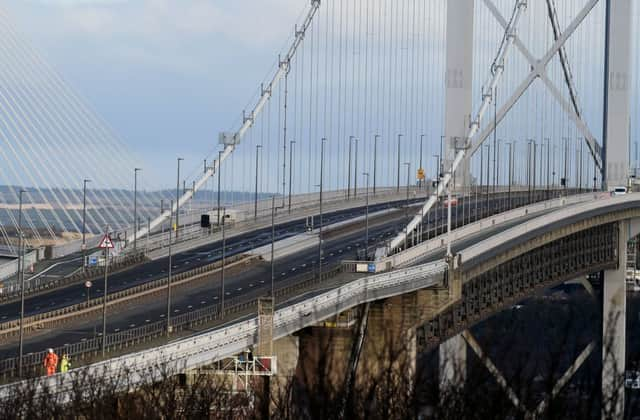Driverless buses to be tested on Forth Road Bridge - but how do they work?


It does this millions of times a second, then compiles the results into a so-called point cloud, which works like a 3D map of the world in real time – a map so detailed it can be used not just to spot objects but to identify them.
Once it can identify objects, the car’s computer can predict how they will behave, and thus how it should drive.
Advertisement
Hide AdAdvertisement
Hide AdSelf-driving cars use other sensors to see, notably radars and cameras, but laser vision is hard to match. Radars are reliable, but don’t offer the resolution needed to pick out things like arms and legs.
Cameras deliver the detail, but require machine-learning-powered software that can translate 2D images into 3D understanding. Lidar, by contrast, offers hard, computer-friendly data in the form of exact measurements.
As the sensor is moving height, location and orientation of the instrument must be included to determine the position of the laser pulse at the time of sending and the time of return.
Lidar can send 150,000 pulses of laser light per second at 186,000mph; a sensor measures the time taken for each pulse to bounce back.
Advertisement
Hide AdAdvertisement
Hide AdAs light travels at a constant and known speed it can calculate accurately the distance to the object.
By repeating this in quick succession the instrument builds up a complex ‘map’ of the surface it is measuring.